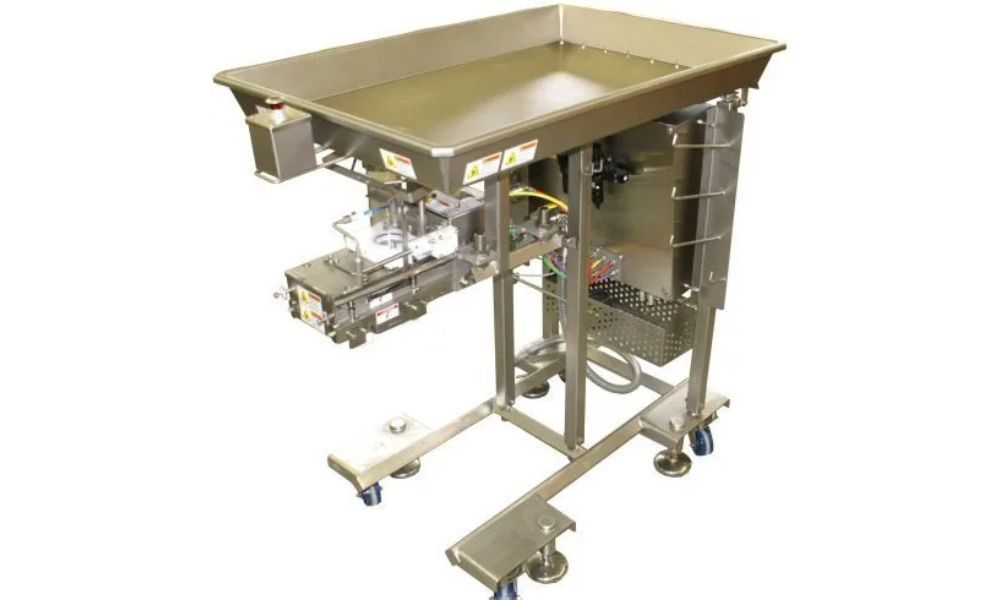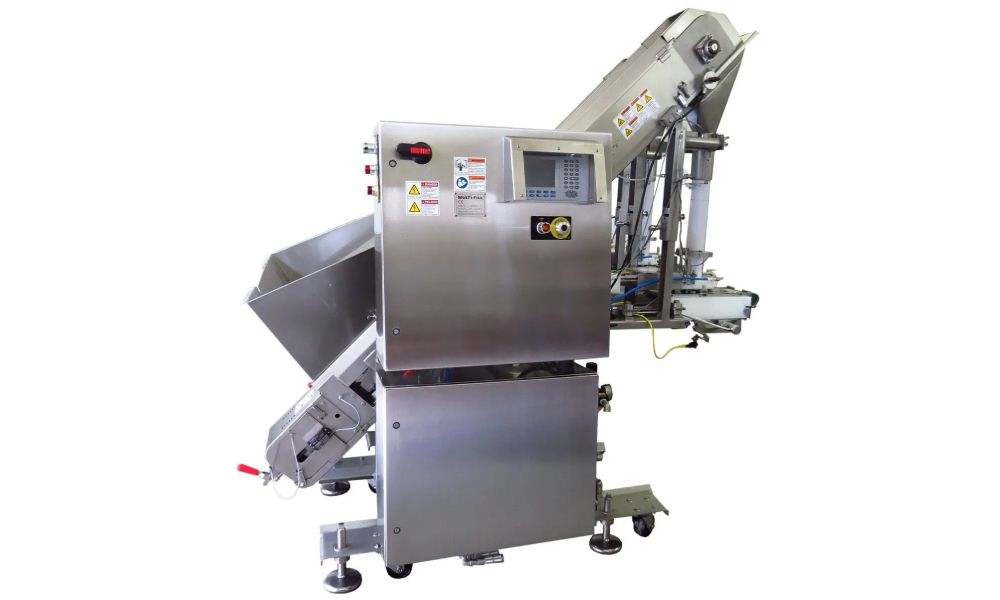There are several benefits of using a vegetable filling machine to reduce time, effort and costs associated with the packaging process. Each product or vegetable has its own packaging requirements, and investing in the right filling machine makes the most economic sense. Read on to understand the umpteen benefits of installing a vegetable filling machine at your factory or warehouse.
Higher production speeds
Manual vegetable filling in containers can be a time-consuming and tedious job, leading to higher costs of labor. However, investing in a vegetable filling machine can reduce the time it takes to fill containers substantially. At Multifill, we have three main types of volumetric filling machines that have varying production speeds:
- The MPFMP-060: This filling machine is suitable for smaller businesses that do not have huge outputs or plans of expansion. These machines can fill 50 to 60 containers with vegetables in one minute.
- The MPFSH-075: Suitable for lower speeds and loose powdery products, this filling machine packages 60 to 75 containers in a minute. It can also be upgraded if larger volumes are required.
- The MPFSC-120: This filling machine provides the highest speed as it can fill up to 120 containers in a minute.
Consistency and reliability
Manually filling vegetables into containers can be a time-consuming process that can result in discrepancies in the weight, appearance and quantity of the finished product in each package. Investing in an automatic vegetable filling machine can prevent these issues as well as package higher volumes of containers, reducing the wastage of time and labor.
Low operation interaction
Vegetable filling machines are automated and reduce the need for manual intervention. However, at Multifill, we design our filling machines for seamless operations and ease of use. Our machines are designed with intuitive Human Machine Interfaces (HMI) consisting of easy-to-understand visual representations or graphics so operators can use the machines easily.
For more information on the benefits of using a vegetable filling machine and our range of intuitive equipment,
contact us today.
Designing a food filling line: Product is king












